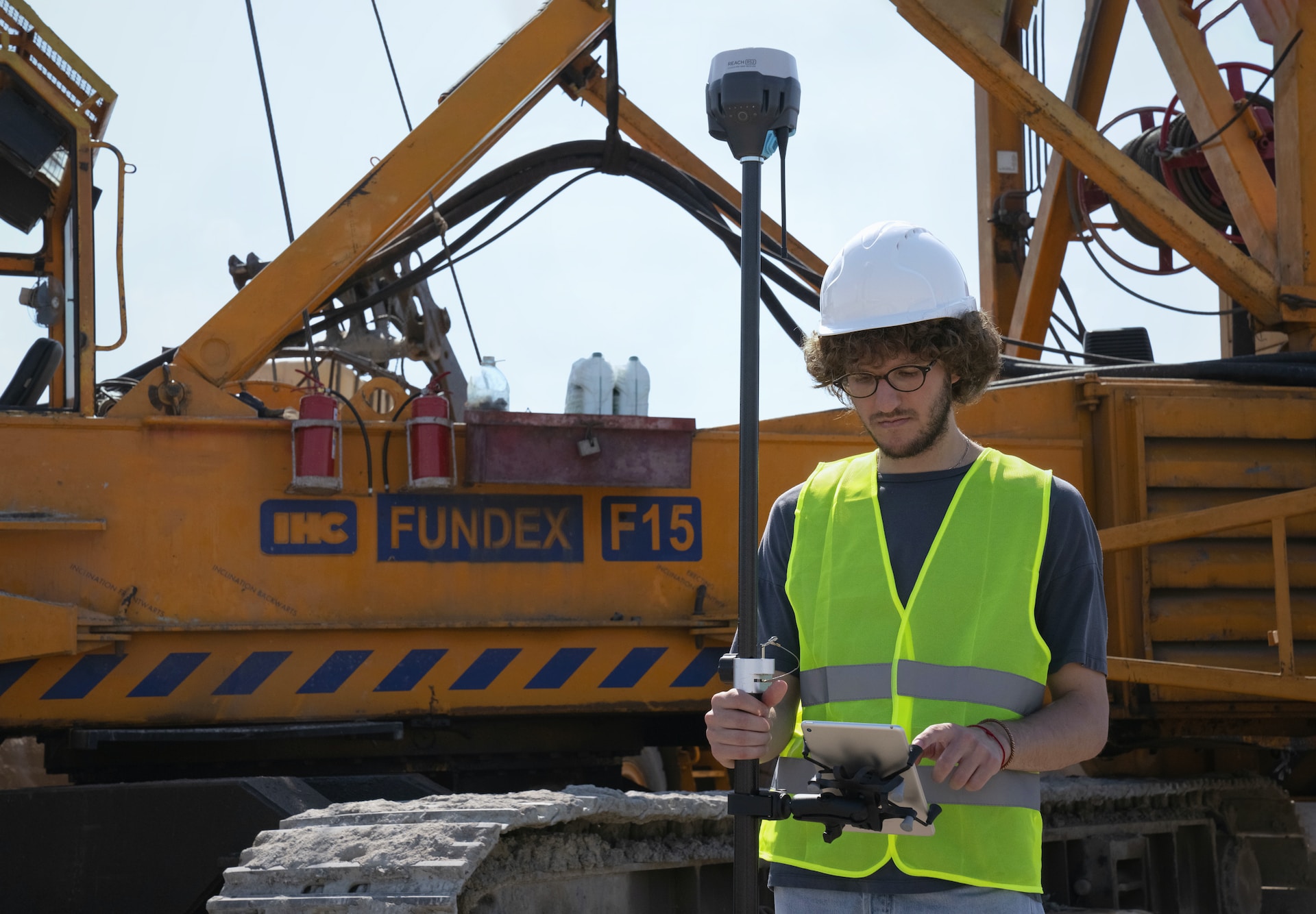Streamline Your Construction Administration with Edara’s Powerful Management Solution
In the fast-paced world of construction, efficient administration is paramoun...

Construction technology has come a long way in recent years, transforming the way buildings are designed, built, and maintained. One of the most significant benefits of these advancements is the increased safety performance on construction sites. With many innovative tools, software, and machinery at their disposal, construction professionals can ensure that projects are executed with maximum efficiency and minimal risk.
This article delves into the various ways construction technology boosts safety performance on site, from using drones and robotic equipment to implementing Building Information Modeling (BIM) and smart wearables. The integration of these cutting-edge solutions not only enhances the safety of workers and the public but also contributes to the overall success and sustainability of the construction industry.
One of the most significant ways construction technology has improved safety performance is by digitising and streamlining various aspects of the construction process. With the implementation of specialized software and mobile applications, companies can now easily track and manage safety-related documents, inspections, and incident reports.
This digitisation has not only made it easier for workers to access and review important safety information but has also eliminated the need for cumbersome paper files, making the overall process much more efficient.
Furthermore, mobile applications for safety management have enabled real-time communication between workers and supervisors, ensuring that any safety concerns are addressed immediately. This increased connectivity and transparency have led to a stronger safety culture within companies, as workers and management alike recognise the importance of prioritizing safety.
The use of digital training programs has redefined the way workers receive safety training in the construction industry. Instead of relying on traditional classroom-based sessions, construction companies can now provide their workers with interactive, digital training modules that can be accessed at any time, from any device.
These digital training programs often include videos, quizzes, and simulations, making it easier for workers to comprehend and retain essential safety information. Additionally, digital training allows for easy updates and modifications to ensure that the training materials are always up-to-date and in compliance with the latest regulations and industry standards.
Wearable technology has become increasingly popular in recent years, and its benefits have not gone unnoticed by the construction industry. Wearable tech, such as smart helmets, exoskeletons, and safety vests with built-in sensors, can significantly enhance worker safety by monitoring vital signs, detecting hazardous conditions, and providing real-time feedback on proper lifting techniques.
These wearable devices can also be easily integrated with other safety systems, allowing companies to track worker movements and receive alerts in case of any potential dangers. By providing workers with the necessary protective gear and monitoring their well-being, companies can significantly reduce the likelihood of accidents and injuries on job sites.
Data analytics is another construction technology that has greatly impacted safety performance. Companies can now collect, analyse, and interpret large amounts of data from various sources, such as worker feedback, incident reports, and equipment sensors, to identify trends and patterns in safety performance.
By leveraging data analytics, construction companies can pinpoint areas of weakness in their safety protocols and implement targeted improvements to mitigate risks. For example, if the data reveals many accidents occurring during a specific construction phase, management can focus on enhancing safety measures for that particular phase, ultimately reducing the overall number of incidents.
Drones have become an invaluable tool in the construction industry, offering a wide range of applications from surveying and mapping to monitoring progress and assessing work quality. When it comes to enhancing safety performance, drones can provide aerial views of job sites, allowing supervisors to inspect hard-to-reach areas and identify any potential hazards or blind spots.
By providing a bird’s eye view of the construction site, drones can help companies identify areas that may be prone to accidents, such as unstable scaffolding or improperly stored materials. This information can then be used to implement preventive measures, ensuring that potential hazards are addressed before they can cause harm to workers.
Construction technology has come a long way in recent years, providing innovative solutions that can significantly boost safety performance on site. By embracing these advancements, construction companies can protect their workers from potential hazards and improve their overall productivity and efficiency.
As the industry continues to evolve, construction professionals must stay informed about the latest technologies and best practices to ensure that they are providing the safest possible work environment for their teams.
If you are looking for a construction management app in Sydney, look no further than Edara Apps! Our app is designed to make construction projects more efficient and effective, so you can focus on what matters most—getting the job done right.
Comments